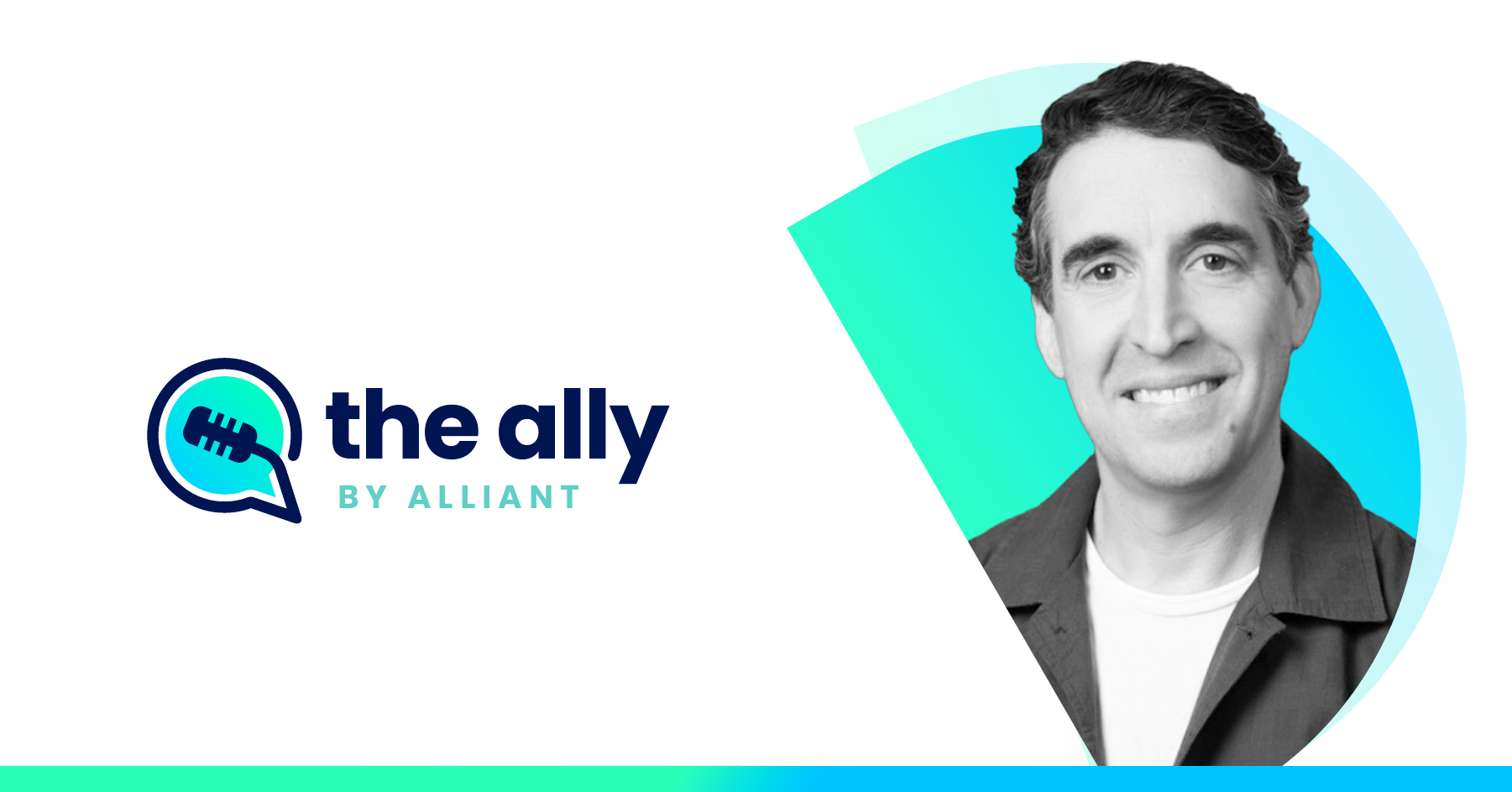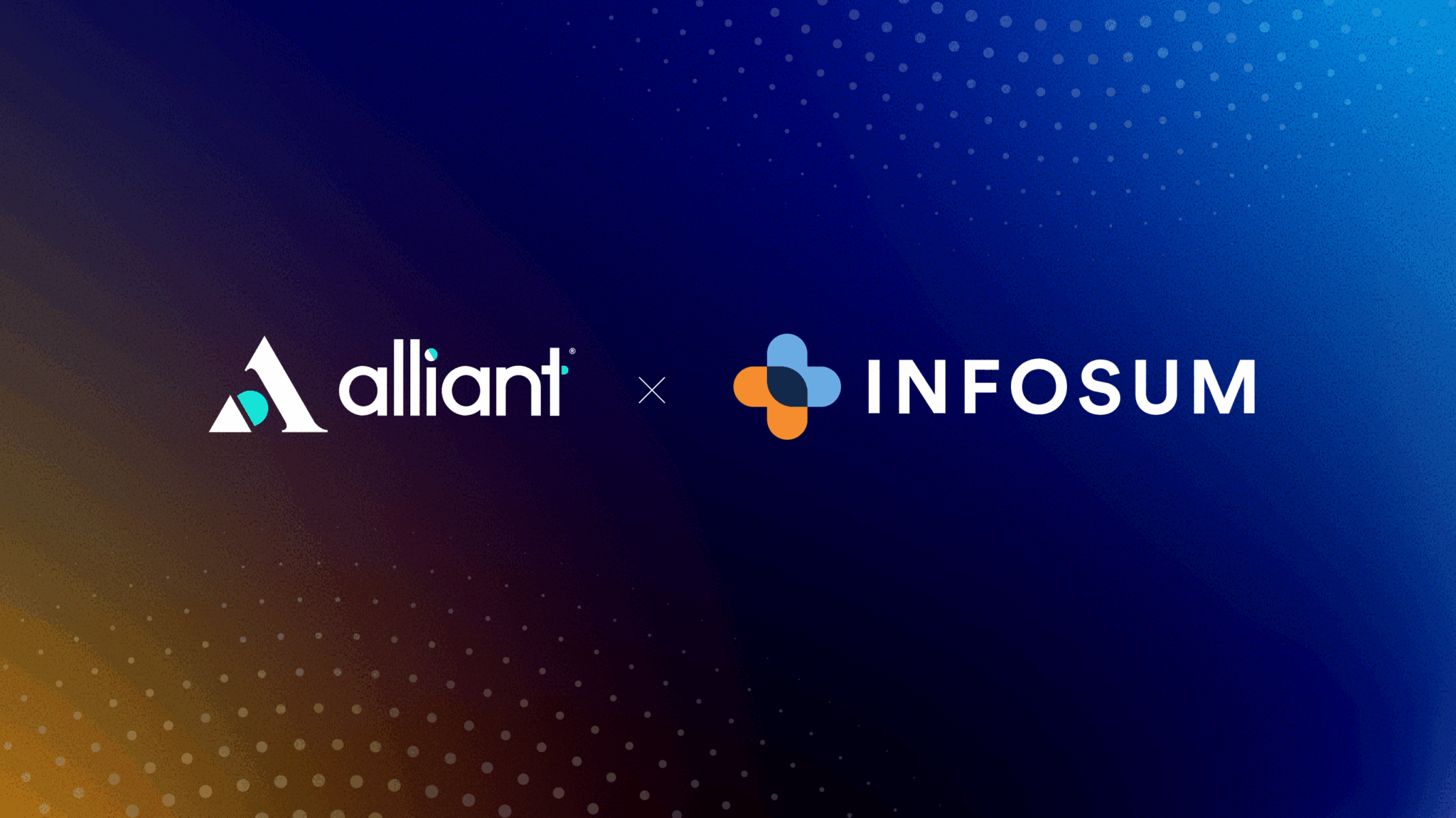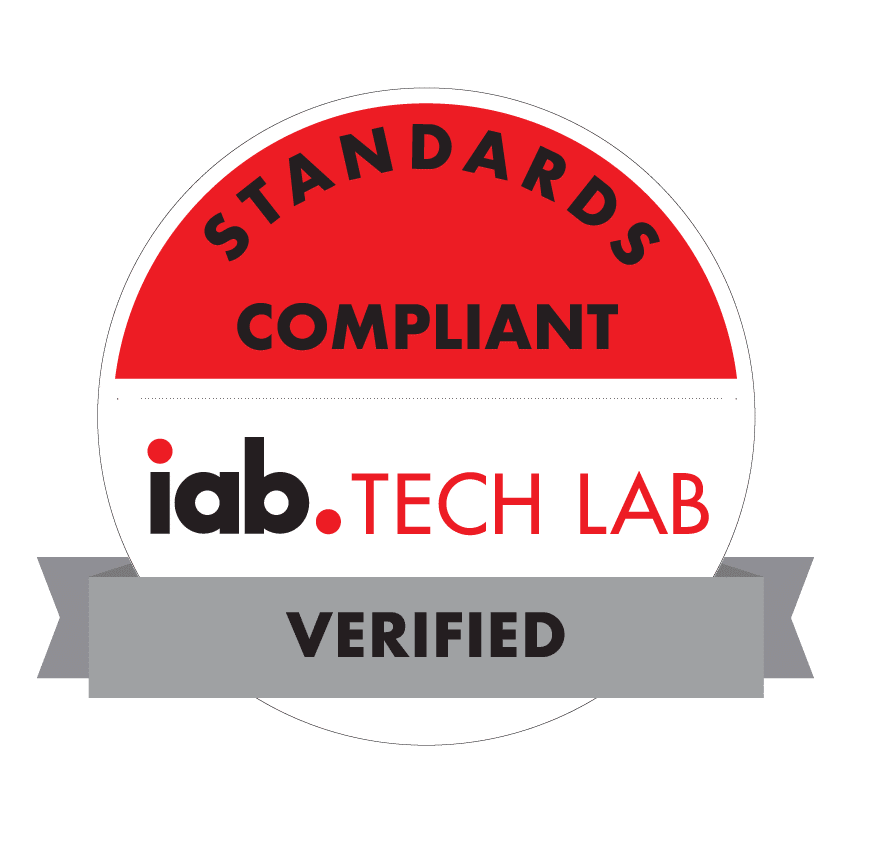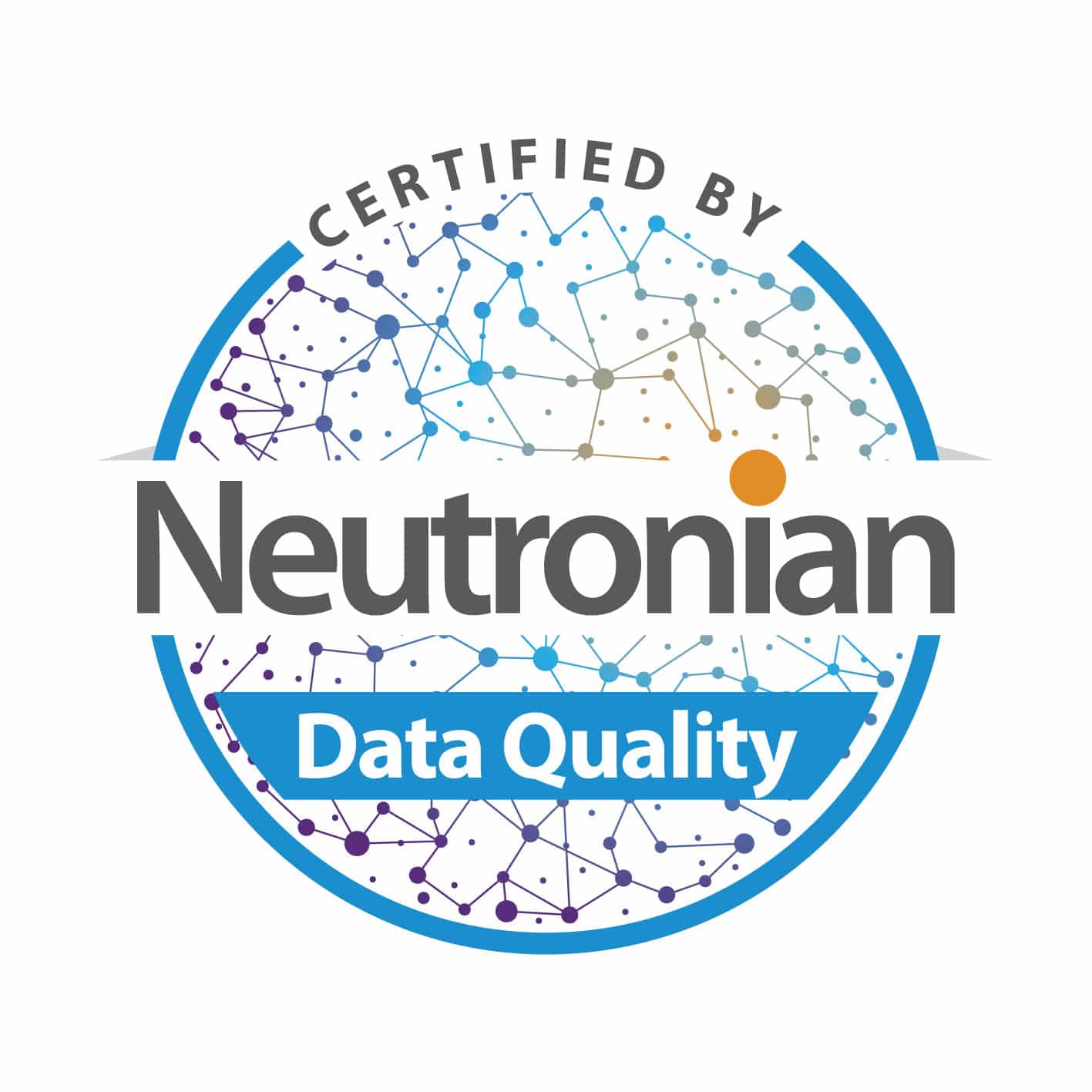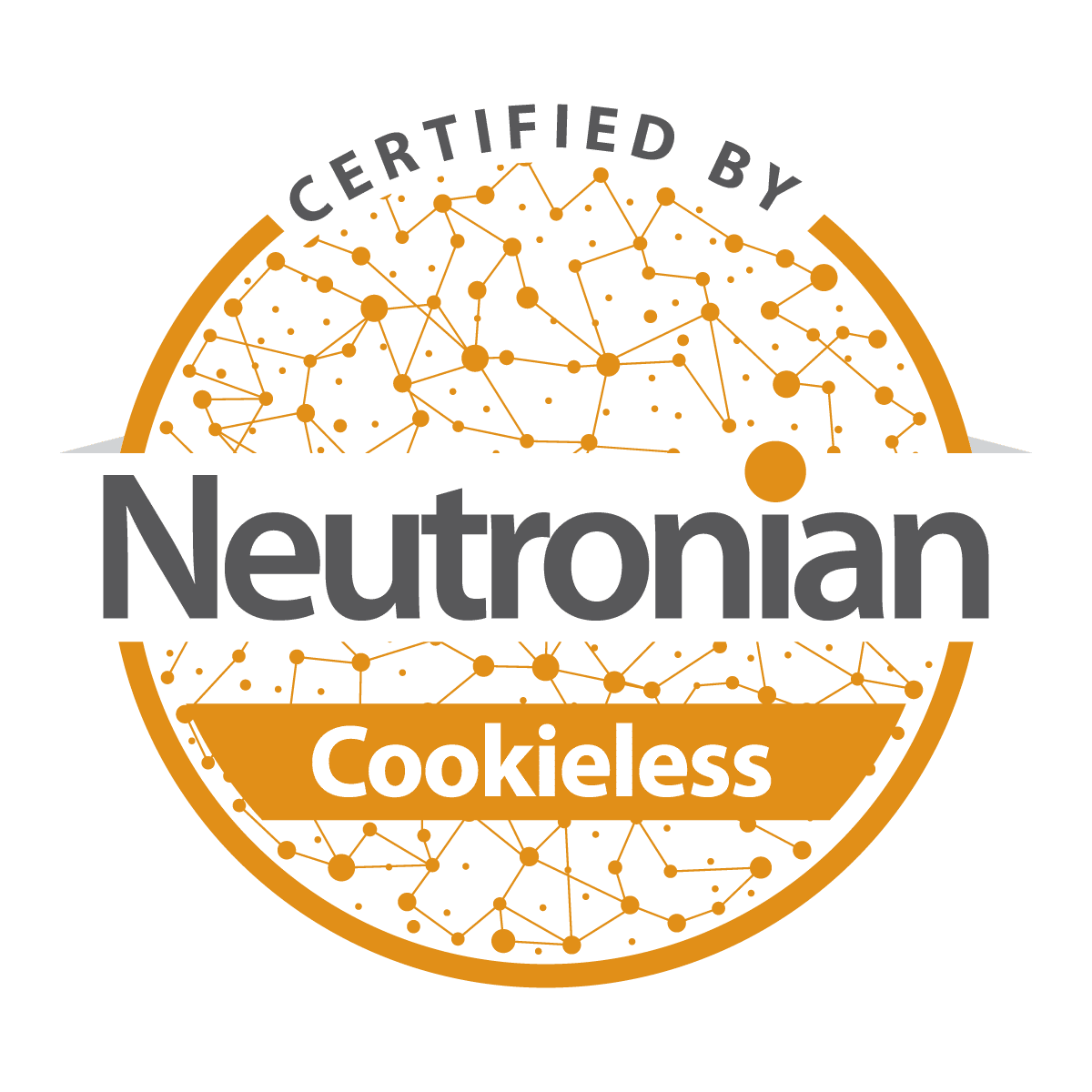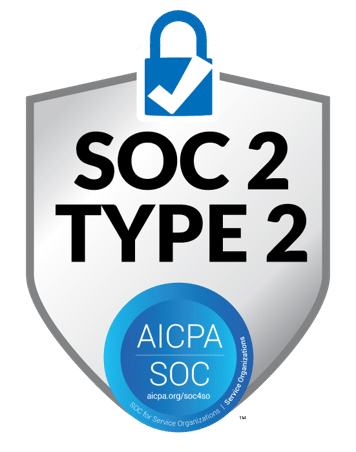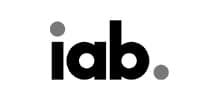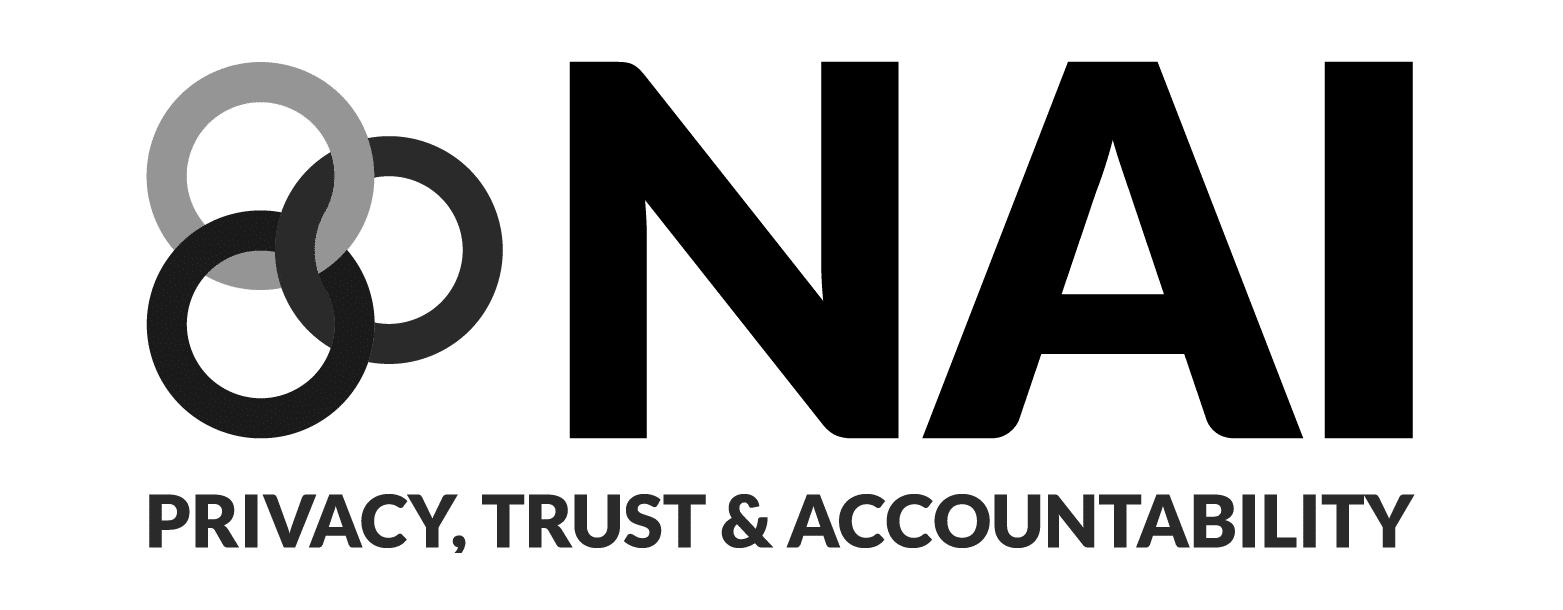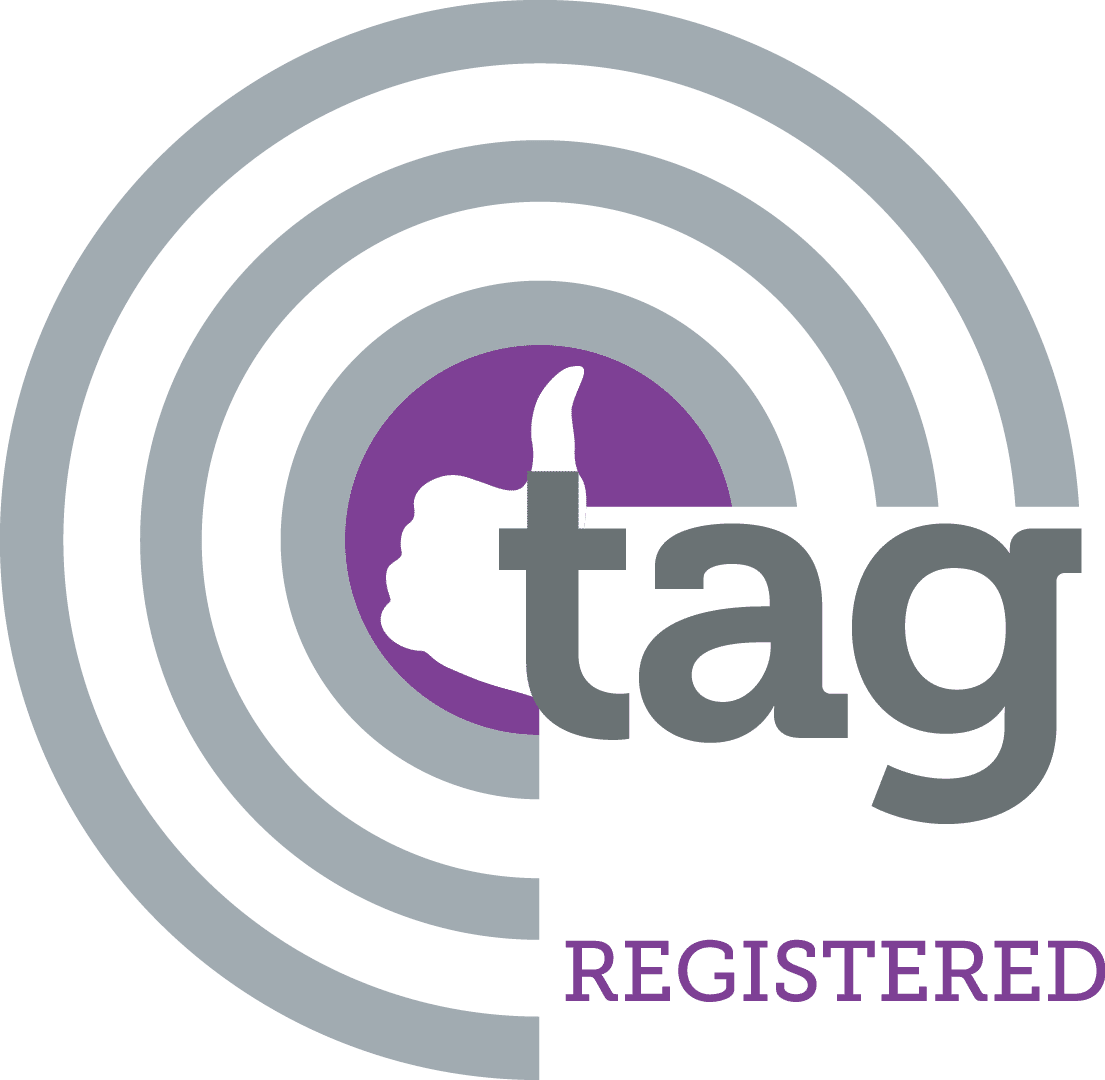The Ally: Featuring Howard Luks from PubMatic
Alliant is always excited to bring forward viewpoints from companies that share a passion for innovative audience solutions. The Ally is a Q&A series where advertising industry movers and shakers share unique perspectives on audience data, the advertising landscape, and their personal approach to navigating an evolving industry.
In this Q&A edition, we sit down with Howard Luks, VP of Audience Solutions at PubMatic. From navigating a fragmented media landscape to preparing for a privacy-first future, Howard shares how PubMatic’s data partnerships—including its evolving collaboration with Alliant—are enabling advertisers to reach high-value audiences with greater control, scale, and transparency.
Can you tell me more about your role at PubMatic?
As VP of Audience Solutions, my focus is on helping publishers, advertisers, and data partners drive better outcomes through our audience and addressability solutions. A big part of that is driving adoption of Connect, our curation platform, which makes it easy to activate high-quality audiences across premium supply in a privacy-first way. My team works closely with data providers and buyers to ensure they can still reach the right audiences, while also helping publishers maximize the value of their first-party data. At its core, my role is about bridging the gap between buyers and publishers and shifting the mindset toward supply-side targeting, thereby unlocking more control, better performance, and greater transparency for all sides of the ecosystem.
Can you describe the PubMatic and Alliant partnership, either how it initiated or how it has evolved?
Our partnership with Alliant started with a shared goal of helping advertisers reach the audiences that matter most to them. Alliant provides high-quality, privacy-compliant audience data, and PubMatic offers scaled, transparent technology where that data can be activated across premium supply. Together, we make it simpler for buyers to access and use trusted data at scale, while preparing for a future without third-party cookies. Over time, the relationship has evolved into a true collaboration, where each of us leans into our strengths to deliver stronger outcomes for buyers and publishers.
What are some of the biggest challenges advertisers face today?
Fragmentation is a big one. There are now more channels, more formats, and more platforms than ever before, and ensuring campaigns are consistent across all of them is a real challenge. At the same time, advertisers are still grappling with how to activate data in meaningful ways and reach the right audiences, along with how to prove ROI when signals are inconsistent. And of course, budgets are under constant scrutiny, so every dollar has to work harder. At PubMatic, we’re focused on reducing complexity and helping buyers get to their audiences more effectively.
When PubMatic is building a better supply chain for the future of digital advertising, where does data fit in?
Data is the glue that holds the supply chain together. Without accurate, privacy-conscious data, it’s hard for publishers to showcase the value of their audiences, or for advertisers to reach the right people. At PubMatic, we see our role as unifying the ecosystem, giving buyers the confidence that the audience data they’re activating is reliable, scalable, and aligned to their goals, while also enabling publishers to maximize the value of their first-party data. Data is paramount to everything we’re building for the future.
How does PubMatic balance being able to offer both scalability and flexibility to customers?
Advertisers and publishers want global reach, but they don’t want a “one size fits all” approach. PubMatic’s advantage is that we provide omnichannel scale across channels like display, online video, mobile, and CTV, while also giving buyers flexibility through custom deal structures, granular targeting controls, and transparent supply path options. For example, a global brand can activate massive reach through PubMatic, while also fine-tuning spend to prioritize specific audience segments, formats, or outcomes. Ultimately, it’s not about choosing between scale and flexibility; we’ve built technology that can deliver both.
How do you feel about the rise of generative AI, and do you see it impacting your role any time soon?
It’s hard not to be intrigued by the pace of AI innovation right now. I think of AI as an amplifier; it helps us unlock insights faster, streamline workflows, and explore new creative approaches. For example, it could help us synthesize campaign learnings across partners more efficiently or generate recommendations more quickly. What it won’t replace is the human side of the job: the conversations we have with advertisers, the trust we build, and the strategy we co-create. AI is truly allowing us to free up more time for higher-value collaboration.
Share This
IN THIS POST
- Can you tell me more about your role at PubMatic?
- Can you describe the PubMatic and Alliant partnership, either how it initiated or how it has evolved?
- What are some of the biggest challenges advertisers face today?
- When PubMatic is building a better supply chain for the future of digital advertising, where does data fit in?
- How does PubMatic balance being able to offer both scalability and flexibility to customers?
- How do you feel about the rise of generative AI, and do you see it impacting your role any time soon?
Latest Posts
December 25, 2025

